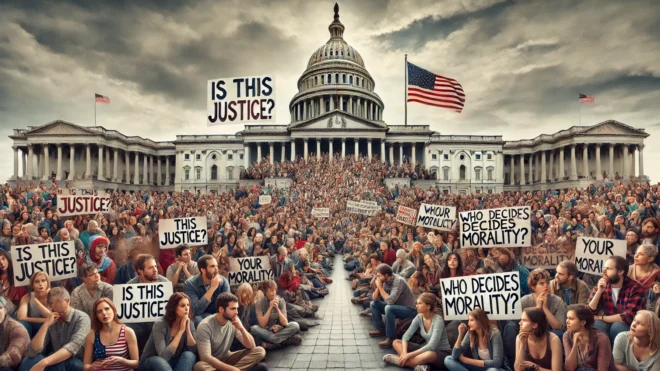Recently, a young racist terrorist shot a bunch of people in one of Charleston’s historic black churches. This kind of stuff happens. But it has aroused a whole new controversy about the Confederate flag, a century and a half after the supposed country it represents was crushed! Someone has recently proposed that a school in the San Diego region that is named after Robert E. Lee be renamed.
Here is what can be said. The primary, though not the only, motivation of the original secession in 1860-61 was to protect the institution of slavery. I can’t say, however, that that was the motivation for the common soldiers who fought for it. It is clear that Robert E. Lee was not primarily motivated in choosing sides by a love for the institution of slavery, but that he was a Virginian first and an American second [and most Southern people thought that way], and he was fighting for Virginia and its allies. [That is well known, and is one reason he is honored as much as he is.] After the Civil War, things like the Pledge of Allegiance and the National Anthem began to be instilled in young children so that they would not again make Lee’s error but would think of themselves as American first and citizens of their states second. [BTW, a similar process was taking place all over the Western world at that time and not only in America.] It is a good thing to love America and its founding principle; one disadvantage is that national patriotism takes our eyes off the question of the proper authority of local and state governments, where government really starts. But we have had a lot to say about that at BlueKennel.
It is also true, as Michael Tomasky declares that the North won the war and in many ways lost the peace, for the South was able to establish a segregated order. At the same time, many forms of segregation were nationwide, particularly in residential housing and in hotel accommodations. [Northerners had not fought the Civil War so they could have black people living next door to them. The Freesoilers wanted to contain the expansion of slavery – and often of ‘those people’ slave or free.] The real undoing of the South’s winning the peace happened exactly 100 years later, when desegregation was imposed first on the South, then on the North!
But it seems like people’s view of the whole Civil War thing then was a little more nuanced. In 1969, The Band, Bob Dylan’s backup band, released a song called “The Night They Drove Old Dixie Down” wherein the narrator is a Confederate soldier mourning the aftereffects of losing the war. Two years later, Joan Baez, whose credentials as a segregationist and pro-slavery advocate are weak at best, released a cover of it and the song got radio play. Nobody howled. No black activists picketed her. Admittedly this was also a time when university students did not expect ‘safety’ from distressing words and ideas and ‘freedom from speech,’ as Greg Lukianoff calls it. At the same time, it is interesting to note that right after the civil rights revolution the view of even left leaning Americans toward the Civil War and the Confederacy was a lot more nuanced than it is today.



